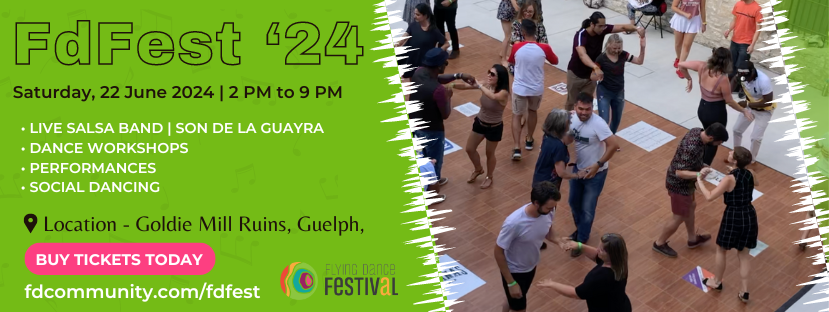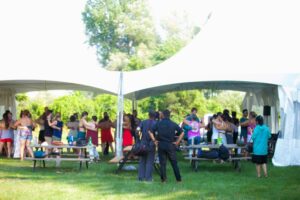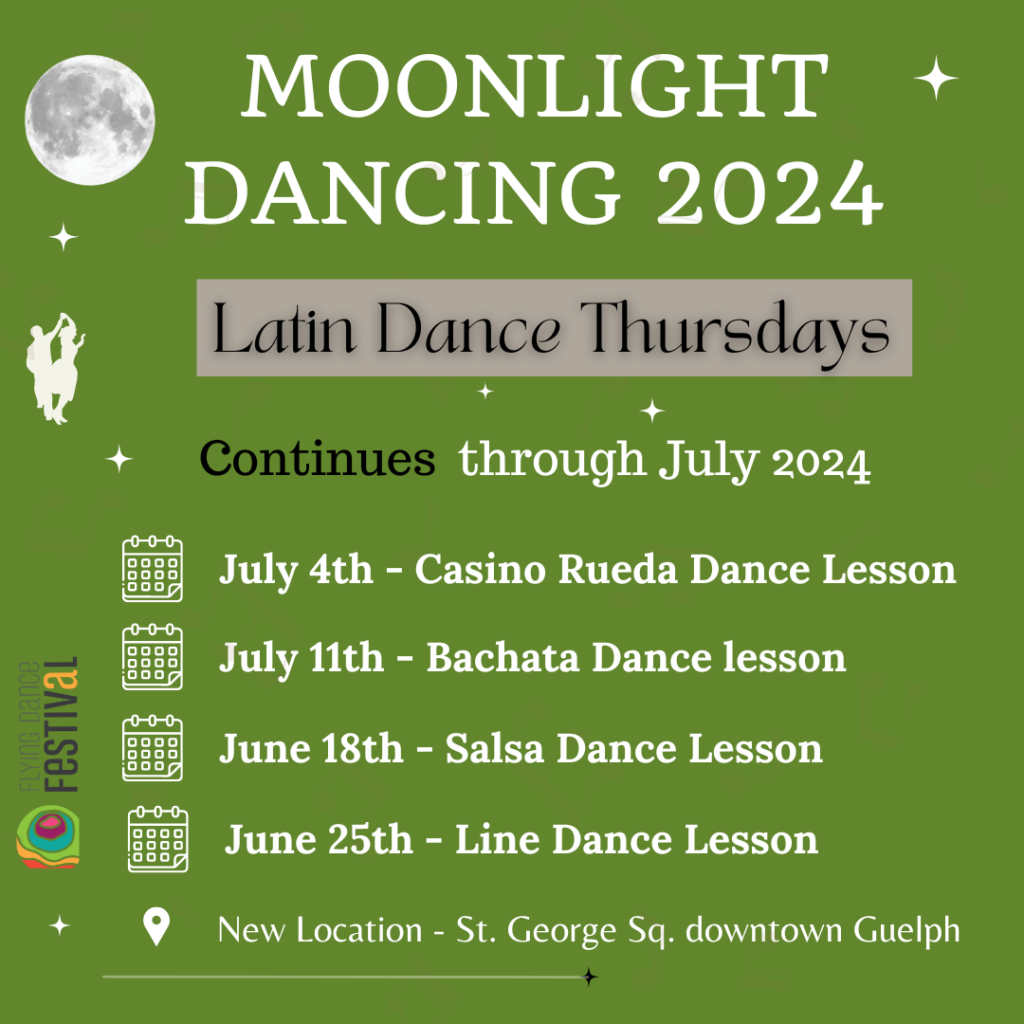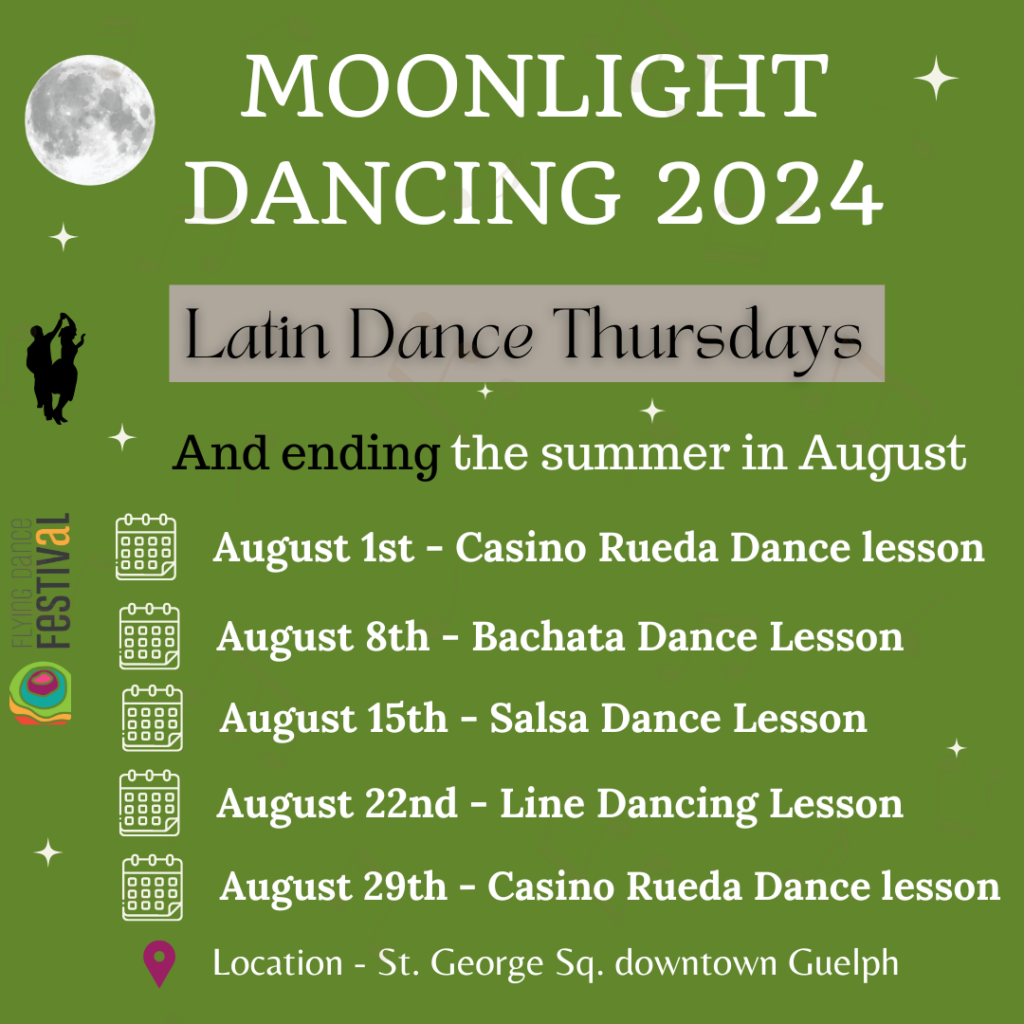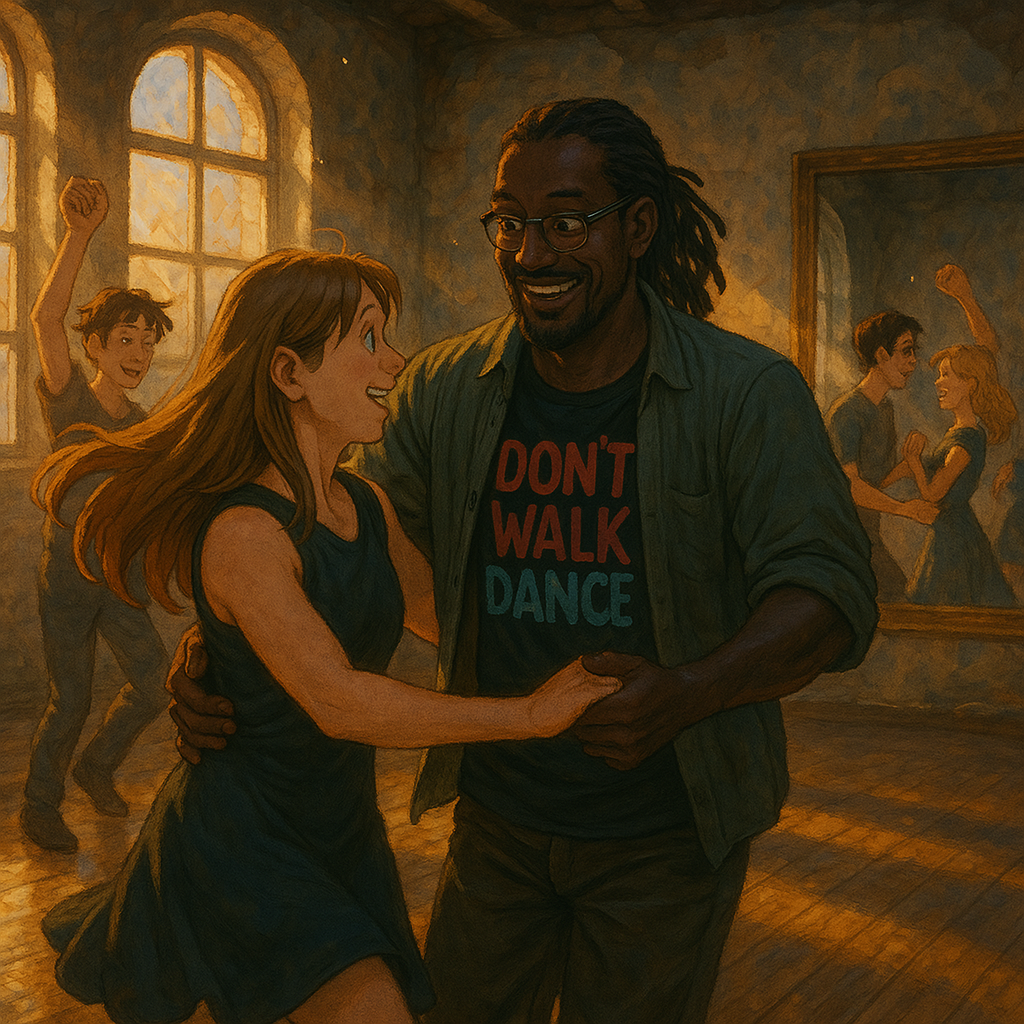Avoid Teaching and Critiquing Your Partner
No one likes unsolicited advice. The same is true when it comes to dance technique. Unless you’ve been paid to tell someone how to dance, don’t provide instruction. Correcting, teaching and critiquing is for dance class- not on the dance floor in a social setting. A noisy, crowded dance floor is not an ideal teaching environment, so attempting to correct will likely just result in frustrating your partner and possibly offending them. Typically, people go social dancing to enjoy themselves and have a good time. If your partner is not dancing at the level you would prefer, remain polite, adapt to their level, finish the song, and thank them for the dance.
Don’t Expect to be Taught How to Dance by Your Partner
Like how it can be insulting to critique or teach your social dance partner, it is also not appropriate to attend social dance settings expecting others to teach you how to dance. That’s what lessons are for! Take some lessons if you need to learn how to dance. It is presumptuous (and quite frankly, somewhat self-centered) to expect a stranger to fulfill the role of your personal dance instructor.
Don’t Hit on Dance Partners by Asking Them to Teach You Their Moves
While it is rude to expect a dance partner to act like your own personal teacher, it is even worse to do so in the hopes of catching their attention, or picking them up. If you meet someone you are interested in, and who happens to be a better dancer than you, don’t ask them to show you how to dance with the intention of initiating contact. (You will have far more success impressing them with your charming personality, and striking up an interesting conversation!) They probably wouldn’t know how to teach you anyways, since leads and follows come from different approaches when partner dancing. So, this is a bad pick up strategy all around. Continuing to work on your skills in dance class with a designated dance instructor and then showing your person of interest what you know is far more attractive.
Avoid Squeezing Partner’s Hand
This applies to leads and follows. Squeezing too tightly can be an issue for both. Holding on too tightly to your partner is awkward and may interrupt the smooth flow of dancing. It can also result in strains and injuries, and can be restricting, and therefore, unpleasant. When follows squeeze their partner too tight, it can limit their lead’s ability to properly execute moves. Unless you need to strongly grasp your partner to maintain control of a potential safety issue on the dance floor (like avoiding a collision), you should be holding your partner in a firm, but gentle manner.
Don’t Be Rough
People attend social dancing events to enjoy connecting with others through the rhythm and grace of dance… not to be thrown around like they are in a wrestling match. You don’t need to be rough to communicate dancing cues and prompts to your partner. To avoid whipping partners around the dance floor, leads must adjust to the needs of their follow. Some follows will require firmer guidance according to body size, responsiveness of frame, or ability to follow. Often leads will be too forceful when compensating for poor timing or a missed move, but they can achieve the same results by applying concentrated pressure to redirect and correct. If you feel that you can’t lead without throwing your partner around, it is recommended that you seek lessons with a professional dance teacher to improve your leading skills. It’s all about finding that perfect balance of effort and ease!
Express to Your Partner if They are Hurting You
Typically, it is advised that you do not tell your partner what to do. An exception to this rule, is if what they are doing is harming you, or causing discomfort. In this situation, politely request that your partner discontinue what they are doing, then adjust accordingly. Most people will be respectful of this request, but there are some who could get offended. In the case of the latter, you have the right to excuse yourself from the remainder of the dance.
Groping is a BIG “No-no”
Don’t grope your partner. This one should be self-explanatory, but we will spell it out here. You should never use dancing as an excuse to feel up or grope anyone on the dance floor. Do not touch your partner’s private areas! Plain and simple. No one believes that any type of groping is an “accident”, so don’t be that creep who tries to get away with it by using that excuse. Being touchy-feely also makes people really uncomfortable. Engaging in this behaviour makes you seem untrustworthy, and other dancers who observe it will likely be deterred from dancing with you.
Try to Avoid Back-leading
Back-lead dancing is as annoying as backseat driving, but many followers are guilty of it! Back-leading occurs when the person who is following anticipates next moves before they are led, or resists steps they aren’t familiar with. Followers who back-lead are very challenging to dance with, because it interferes with the lead’s ability to seamlessly guide sequences, causes confusion for both partners and suggests a lack of trust in the lead’s capabilities. Remember that there are many variations of dance moves, and they will not always align with what’s taught in class. Leads will also know moves that follows do not. This is to be expected, and doesn’t mean they are wrong. Dancing should be approached as a process of discovery where you are constantly learning new things, and adapting to what is called for in the moment. Follows should wait for their lead’s prompts, and avoid guessing about what moves will come next- learn to give up control over the outcome, and enjoy the journey!
Leads can respond to back-leading in the following ways:
– Opt to just go with the flow (this may be more applicable to dances like west coast swing)
– Avoid the step that the follow is resisting, as resistance might indicate that they don’t know the move, or they have an injury they are accommodating
– Increase assertiveness of their lead, as back-leading can occur when follow does not feel led strongly enough
– Politely bring the issue to partner’s attention, as they may not even realize they are doing it
Adapt to Your Partner’s Skill Level
The best leaders are those who are able to gauge their follows level of skill, and adjust accordingly. If you think you are impressing your lower-level follow with all your fancy-advanced dance moves, think again. You are really just confusing them, and probably making them feel incompetent and uncomfortable. Remember that social dancing is for fun, and if your are dragging your follow though a sequence that they obviously can’t keep up with, it’s likely that neither of you will have a great time. So, don’t be a self-absorbed jerk, and watch for signs that you are leading beyond your follows skill set. You may be leading above your follows level if you notice the following:
– strained or tense facial expressions (particularly those of panic or confusion)
– frowning and making lots of mistakes
– difficulty with timing, tripping, and missed transitions
Have Fun and Smile
Be happy, smile, laugh a little… or a lot! This one is straightforward. Dancing is fun! Enjoy yourself, and don’t be afraid to show it. We challenge you to try and get through an evening of dance without smiling! If you are able to make it through a whole evening of social dancing with a frown on your face, your next dance lesson is on the house. Seriously- give it a try, see what happens!
Make Eye Contact
Try to make eye contact with your partner. You don’t have to challenge them to a staring contest, but do acknowledge them, and use eye contact as a way of connecting, and checking in. Eye contact is an excellent way to communicate with your dance partner non-verbally. It can make you a more effective dancer, and offer cues and prompts about what to do next.
Pay Attention
Dancing is an involved activity, that requires sustained attention to your partner and the environment in which you are dancing. Paying attention to your partner is respectful, it demonstrates that you are engaged and present, it helps you to avoid making unnecessary mistakes, and contributes to the flow of the dance. For all these reasons, it is much more pleasant dancing with someone who is paying attention.
Don’t Take Too Much Space
When out dancing, always be aware of how much space you take up. It is rude and potentially hazardous to travel excessively, or do really big moves resulting in crashing and bumping into other dancers. If the dance floor is crowded, try to make your moves as compact as possible, minimize travelling, and avoid styling that gets in the way. If you are a follow, don’t rely solely on your lead to ensure safety and control- this is your responsibility as well, and requires awareness of your body movements and what is going on around you. While accidents and collisions inevitably happen, it is best to do everything within your power to make sure things go smoothly.
Offer Apology if You Bump Into/ Step on People
Accidents happen, but don’t be rude about it. Try your best to apologize if you do bump into or step on someone, whether it’s your partner or other dancers on the floor. If you seem to be running into people a lot, consider adjusting your movements so they are more compact, or maybe you need to increase awareness of your surroundings and make a more concerted effort to manage the space your are taking up.
Save Your Crazy Moves for Performances
Social dance events can be crowded, and tend to attract a variety of skill levels. It is impractical (and potentially unsafe!) to do wild, advanced moves while social dancing. It is especially important that you do not try these types of moves with someone you’ve never danced with before. Drops, lifts, flips and other tricks are for performances and competitions, or the controlled environment of the studio where you practice.
Dip With Care
Be extremely cautious when dipping your partner, particularly if it’s a crowded dance floor. Don’t surprise your partner with a dip in the middle of a dance, as it could throw her off and make her loose balance. Try to come to a full stop before dipping, keep your partner close, hang on with both hands, avoid dipping too low, and look before you dip. If you can’t dip safely, just don’t dip. A good rule to go by when it comes to dips is: when in doubt, leave it out!
Don’t Dance Under the Influence
Other than the fact that drunk dance partners can be obnoxious and difficult to lead, dancing intoxicated is dangerous. Coordination becomes impaired, balance is unstable, and decision-making skills are hindered. It’s fine to have a drink or two, but do not dance if you are full-blown drunk. When drunk, follows can get dizzy and fall down, or if dancing in heals, might twist an ankle. In general, awareness is diminished, and judgement is off. Bottom line: don’t dance if you can’t do it safely, and be responsible when drinking and dancing.
Avoid Making Out on the Dance Floor
We aren’t saying don’t have a good time with another person, if that’s what you’re into. Things happen: you’re on a date or meet a nice guy/ gal. You hit it off. Things heat up. You can’t keep your hands off each other… The point here is, do what you like, just keep it off the dance floor! On the dance floor, you are an obstacle, and in the way of people who are actually trying to dance. This type of behaviour may be more acceptable in certain venues, such as a night club or bar, but is inadvisable at a venue with serious dancers, at a day event, or family friendly function. Use your better judgement, be mindful of others, and align your behavior with your surroundings.
Escort Your Follow On & Off the Dance Floor
Leads should courteously escort their follow onto the dance floor, and locate an appropriate spot to dance. After the dance is finished, escort your partner back to their seat, or wherever you retrieved them from. You can do this by holding their hand, and gently guiding them with your arm across their back if it’s crowded. Avoid dragging, or pulling them onto the dance floor, or walking far ahead of them.
Be Sure to Thank Your Partner
Politely thank your partner for the dance that you experienced with them. If you really feel that you connected with your partner, and sense that you both thoroughly enjoyed the dance you shared, offer a hug, or even kiss on the cheek. If you didn’t enjoy the dance, still be as pleasant as possible. You are not required to dance with that partner again, but don’t be impolite by rudely walking away at the end of the song without acknowledging them.
++
While this article offers a comprehensive list about social dancing etiquette, it is not exhaustive by any means. We encourage you to consider your own social dancing experiences, and reflect on what you’ve learned about “minding manners” on the dance floor.
– Is there something that isn’t addressed in this article that you think should be on the list?
– Have you experienced any of the issues outlined on this list, and what was that like for you?
– Is there something on this list that you do, but didn’t realize you were doing? If so, how can you work on improving that aspect of your social dancing?
– How do you deal with dance partners who don’t adhere to proper dance etiquette?
Reference
Brodech, A. (2018, February 28). “Dance Etiquette: 20 Tips for Social Dancing”. Retrieved from https://hobbylark.com/performing-arts/Dance-Etiquette-Tips- for-Social-Dancing.
 Being a Sustainable Festival
Being a Sustainable Festival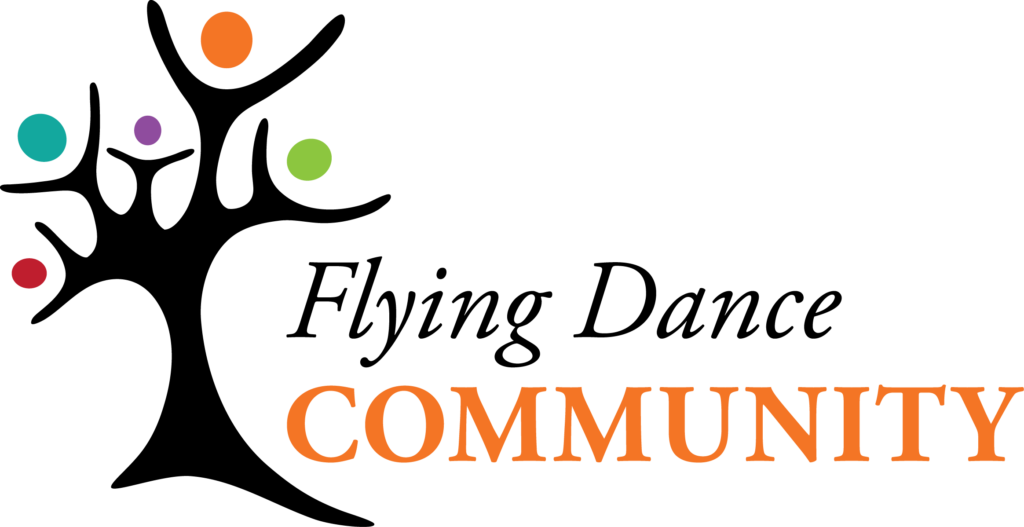


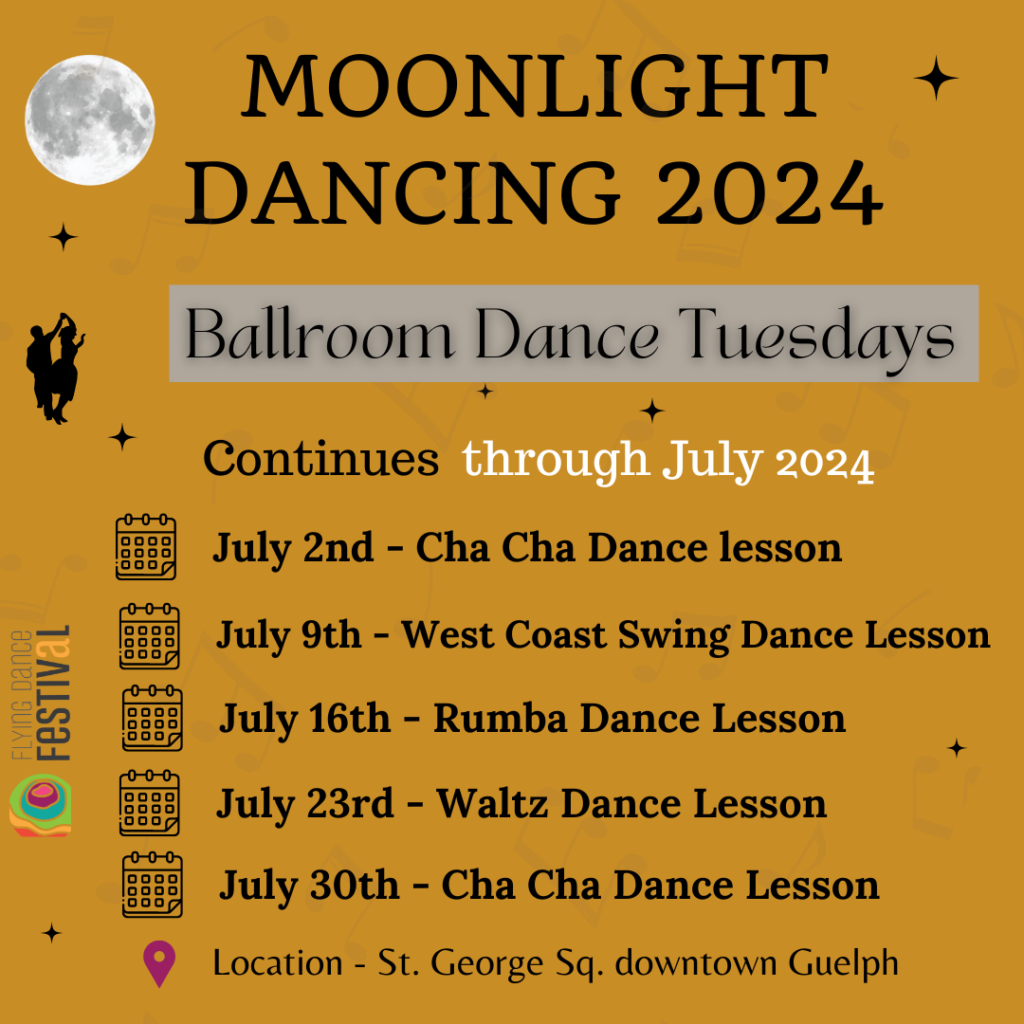
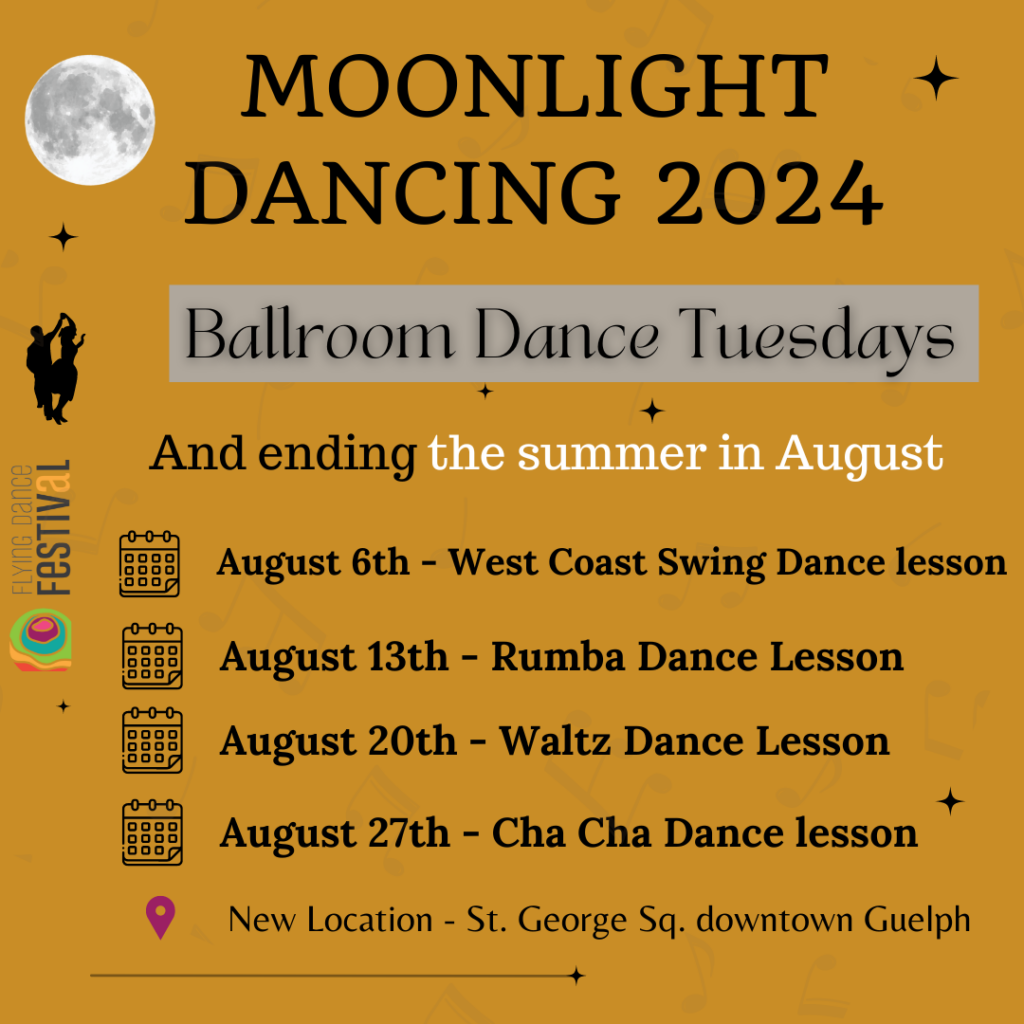
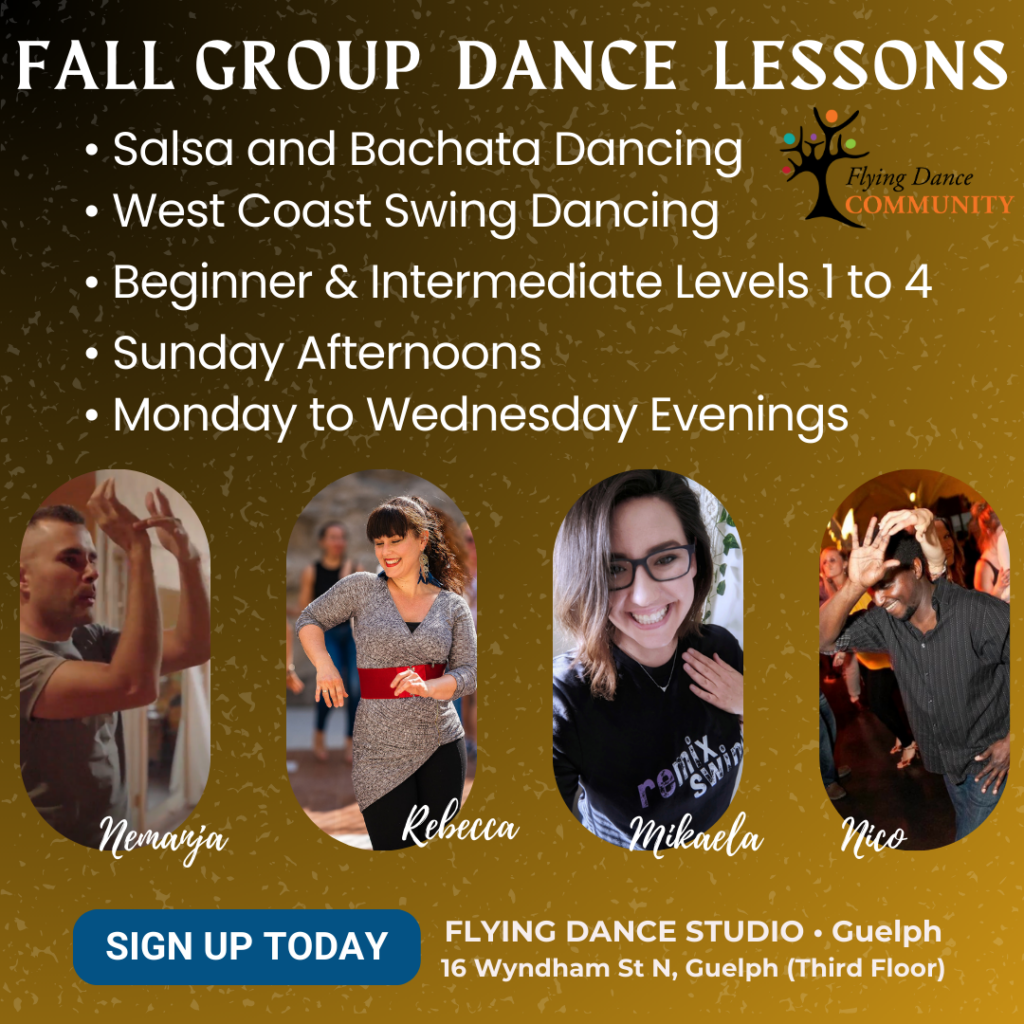


 Thank you for choosing to join us for FDFest 2024, at the Goldie Mill. We are 100% sure that we will have a tremendous amount of fun listening to some great live latin music, hanging out, and dancing together.
Thank you for choosing to join us for FDFest 2024, at the Goldie Mill. We are 100% sure that we will have a tremendous amount of fun listening to some great live latin music, hanging out, and dancing together.